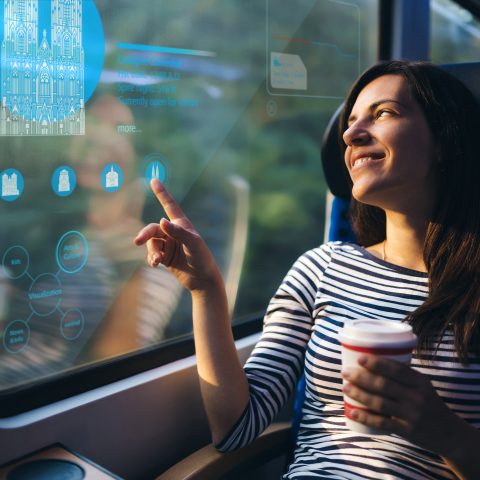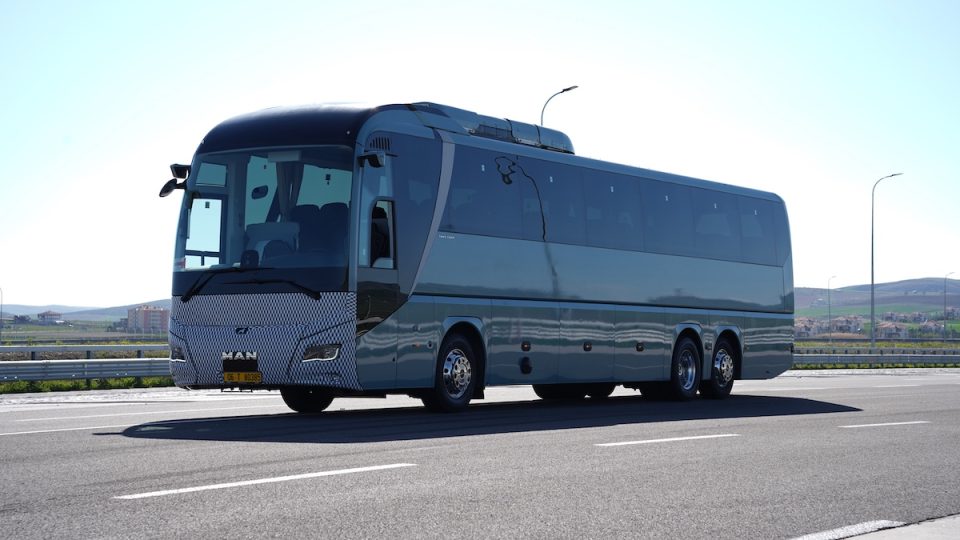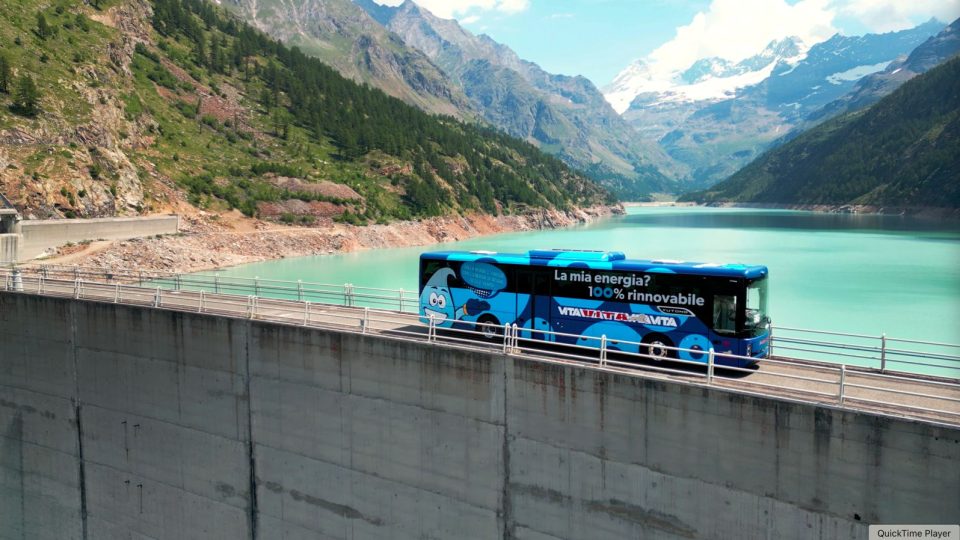Holographic display technology for trains’ and buses’ windows: Hübner’s novelty with Zeiss
Hübner is developing holographic display technology for trains and buses’ windows in cooperation with ZEISS Microoptics. Goal: allow passengers to receive important information directly in their field of vision. It’ll be among the news on display at Hübner’s stand at InnoTrans 2024 in Berlin (Booth 120 in Hall 1.2). The new holographic display technology makes […]

Hübner is developing holographic display technology for trains and buses’ windows in cooperation with ZEISS Microoptics. Goal: allow passengers to receive important information directly in their field of vision. It’ll be among the news on display at Hübner’s stand at InnoTrans 2024 in Berlin (Booth 120 in Hall 1.2).
The new holographic display technology makes it possible to show information on nearby tourist attractions or on arrival and departure times in the windows of trains and buses.
Hübner – Zeiss: holographic echnology integrated into window systems
The technology for holographic applications is integrated directly into the window systems, making it possible to project content simply and flexibly. Information about the upcoming transport stops can be conveniently displayed, as can information about nearby shops or tourist highlights along the route, Hübner states.
The images shown in holographic displays in window systems are characterized by a high degree of transparency of over 90 percent. In contrast to conventional OLED systems, holographic display can show different content on the same surface depending on the angle of view. In addition, holographic systems are temperature-resistant and significantly more robust.

The development of holographic displays for vehicle window systems represents the first time that the Hübner Group is bringing the expertise of its newest business unit Photonics to its core business area of public transport.
As part of the cooperation, Zeiss Microoptics is using tunable lasers from Hübner Photonics for the production of the holographic optical elements. These optical elements are then being integrated into the window systems manufactured by Hübner.
Holography for transit transport information
“With holographic optical elements in our window systems, passengers can receive important information directly in their field of vision,” says Ingolf Cedra, Managing Director of the Hübner Group. “In addition, holography offers significant advantages over conventional technologies such as OLED systems. Holographic displays are more economical, require less energy and also take up less space in public transport vehicles because no elaborate technology is required for the output devices – and all of this with excellent image resolution.”
“Transparent surfaces in vehicles are ideal for embedding holographic technology to provide interaction and information-delivery surfaces with a wide range of possible applications. There are basically no limits to what can be done here. Any light-conducting transparent surface – such as windows – can take on the tasks currently performed by displays and input devices – plus many other functions, thanks to our ‘Multifunctional Smart Glass’ technology,” explains Dr. Viktor Schütz from Zeiss Microoptics. These additional functions include sensor and detection applications, transparent cameras, projection in different image planes, and filter options, all of which can be integrated into window panes.









